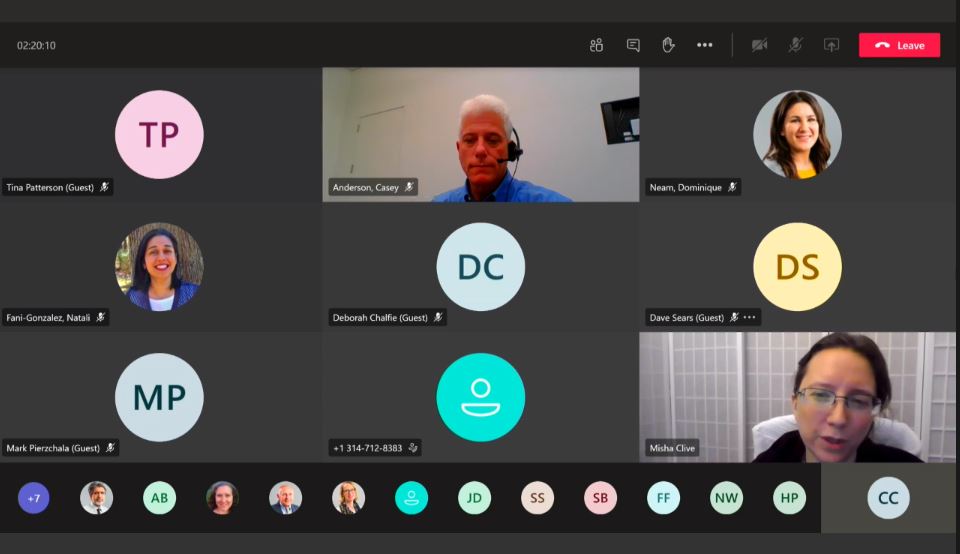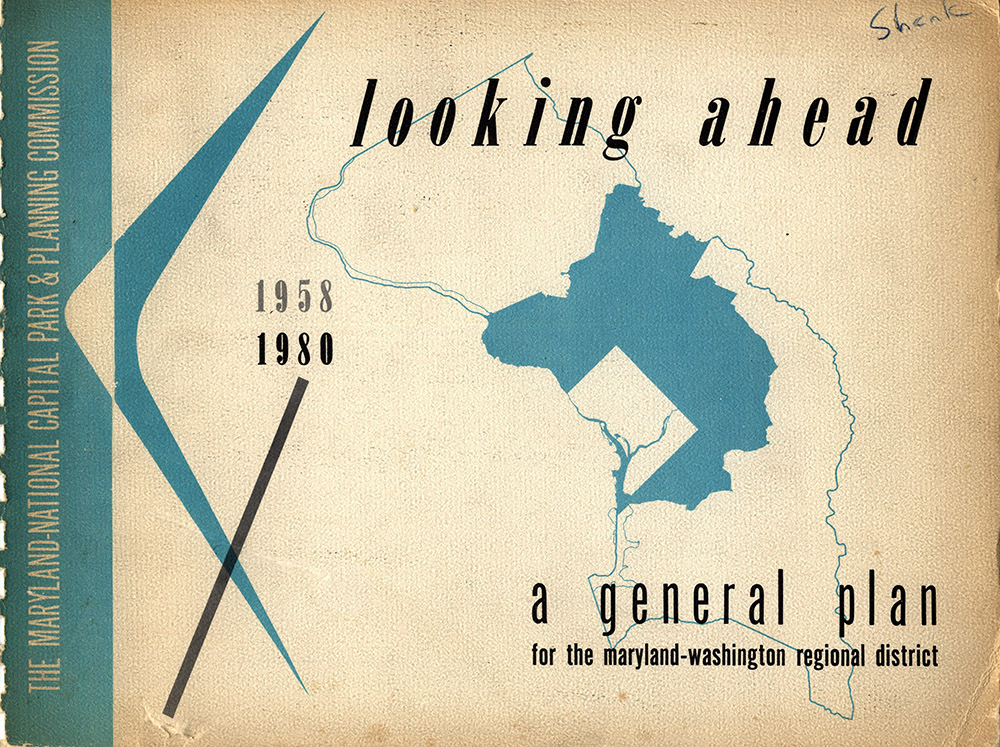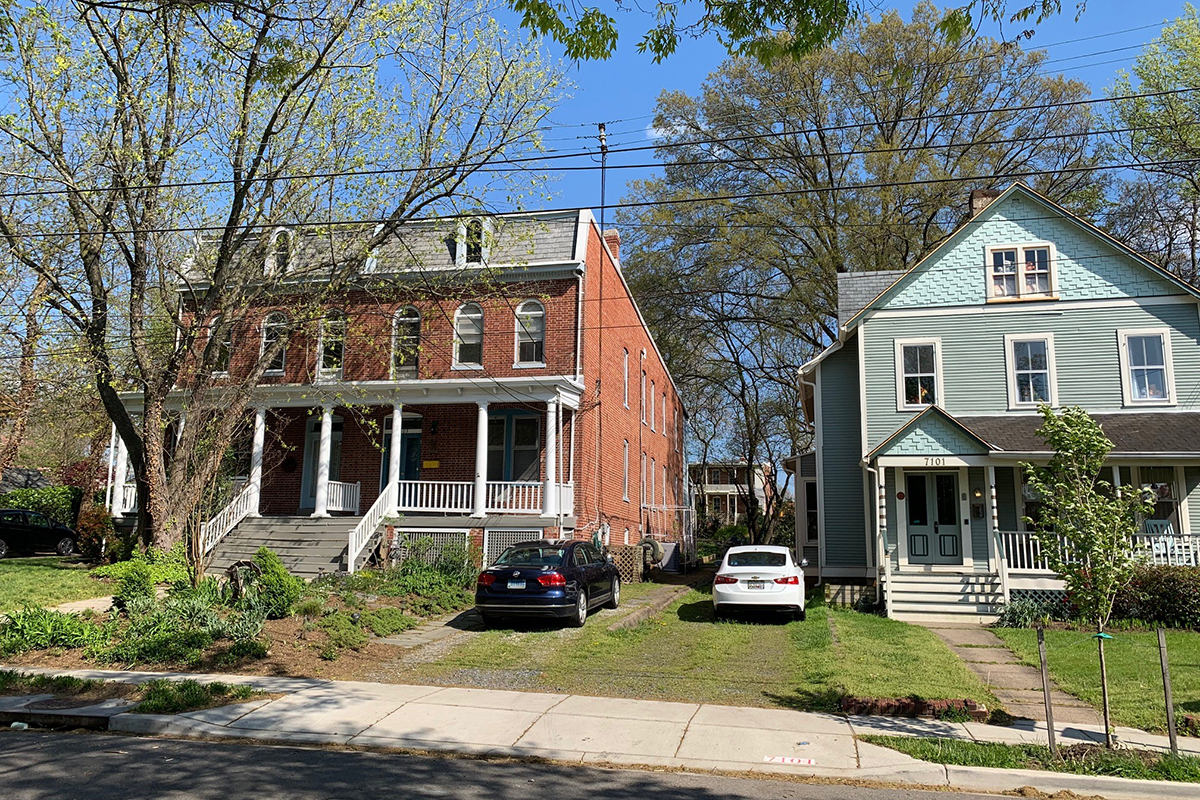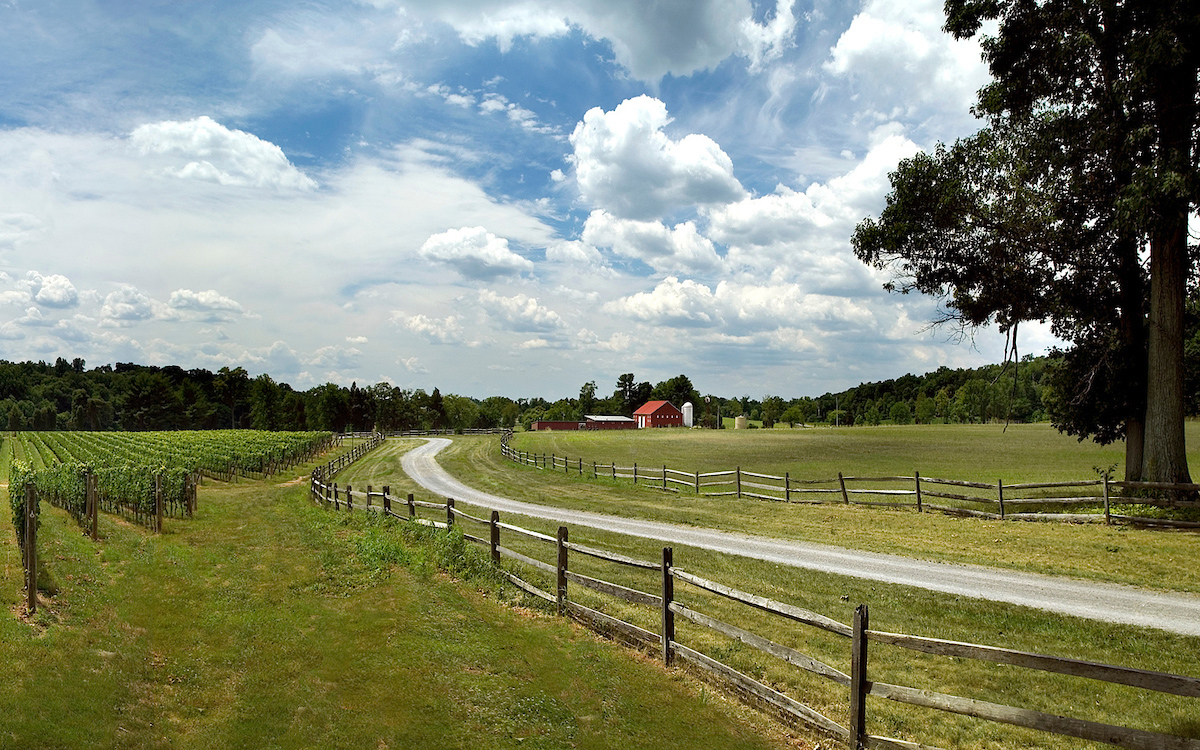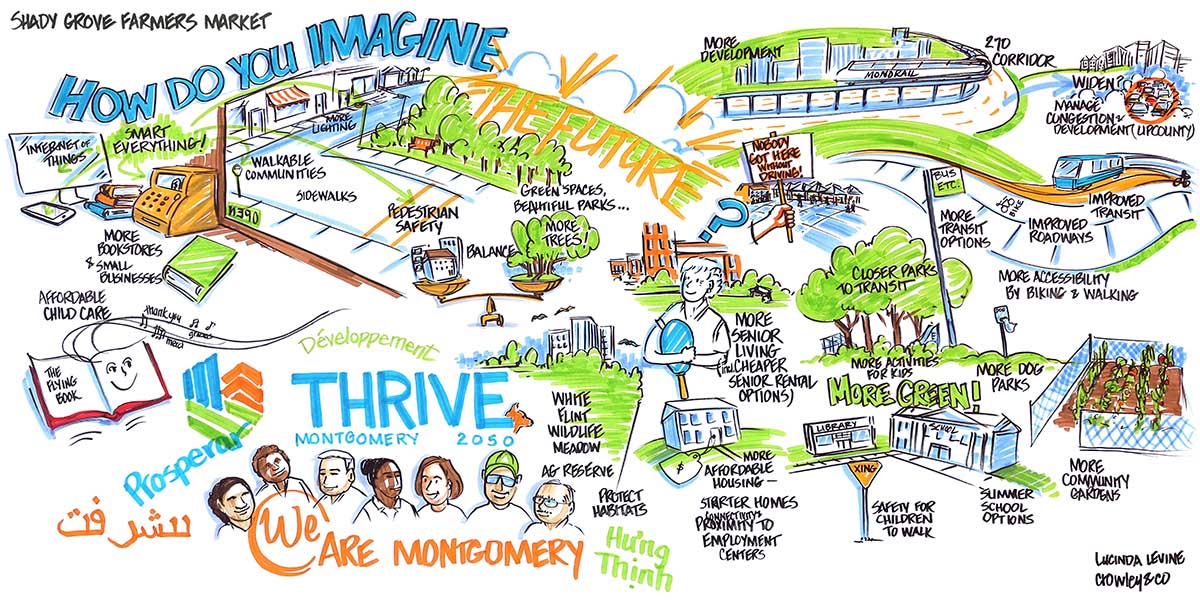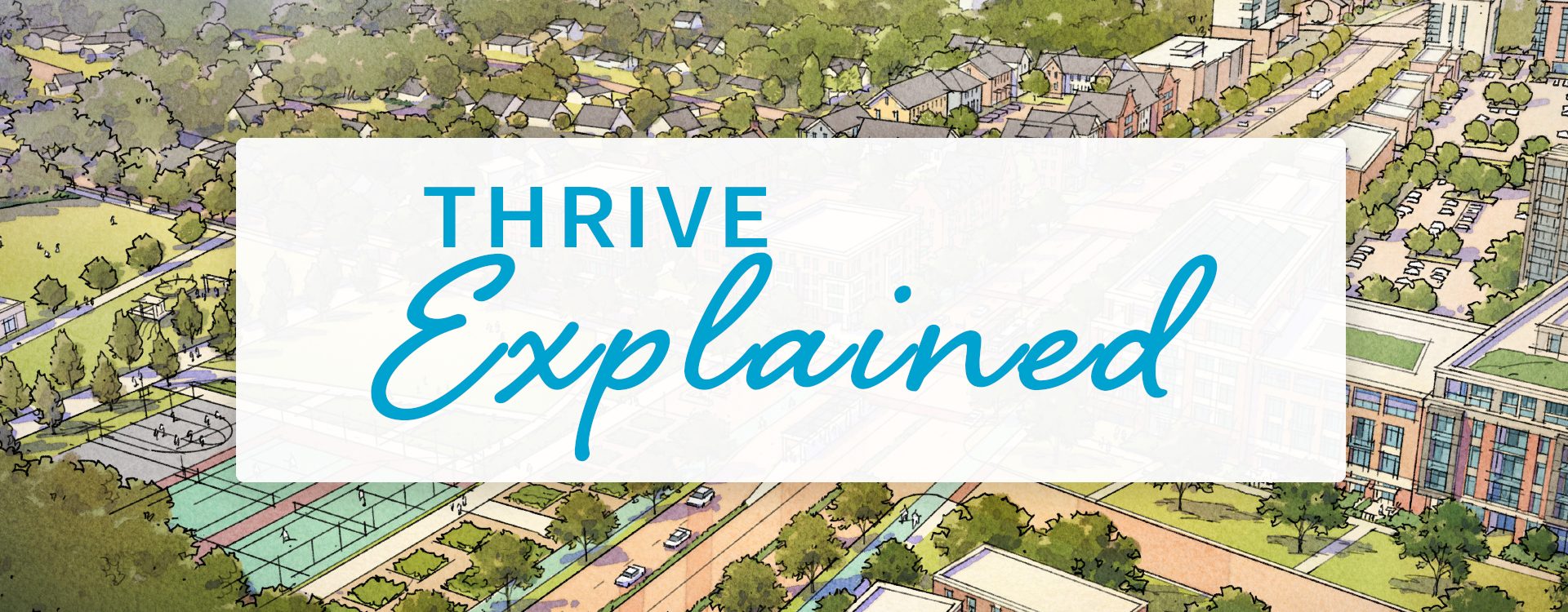
Lessons learned from Portugal
This past May, I had the pleasure of traveling through Portugal on a greatly anticipated summer, post-COVID trip. What a beautiful country and what a perfect example of concentrated, walkable mixed-use communities, which are found in all its small, medium and larger cities and towns. Portugal, as well as a large portion of Europe shows us impressive examples of how to save energy and resources through the concentration of buildings and then connects those communities with simple, easy to use transit systems consisting of trains, trams, buses, cars, bikes, carts and scooters. It is walkable concentrated development linked by multimodal transportation at its best! I strongly suggest you visit Portugal if you can. The urbanism, … Continue reading
